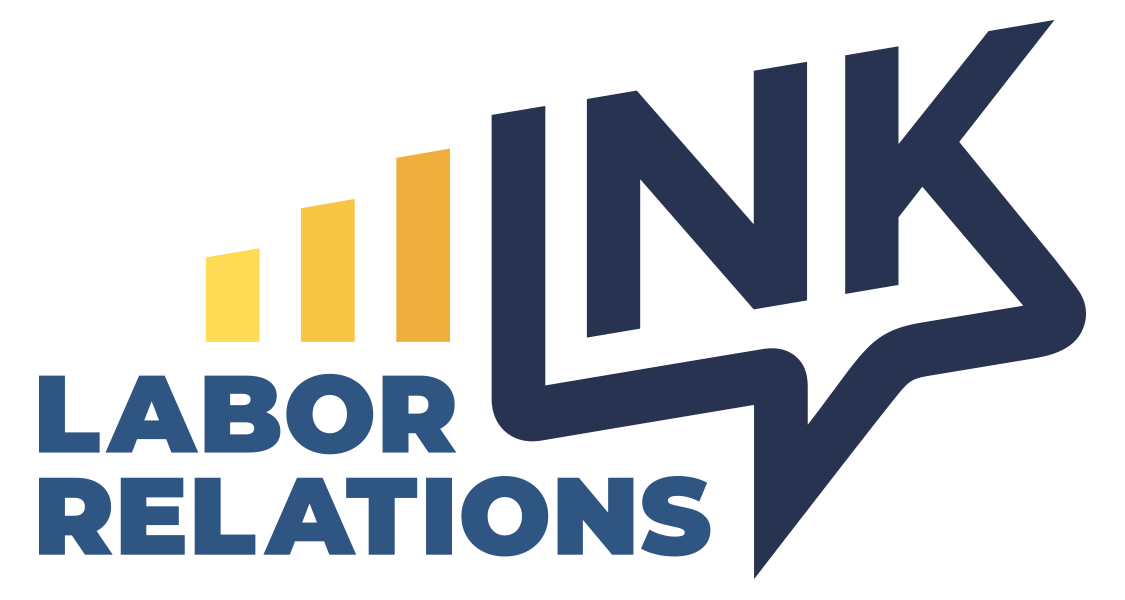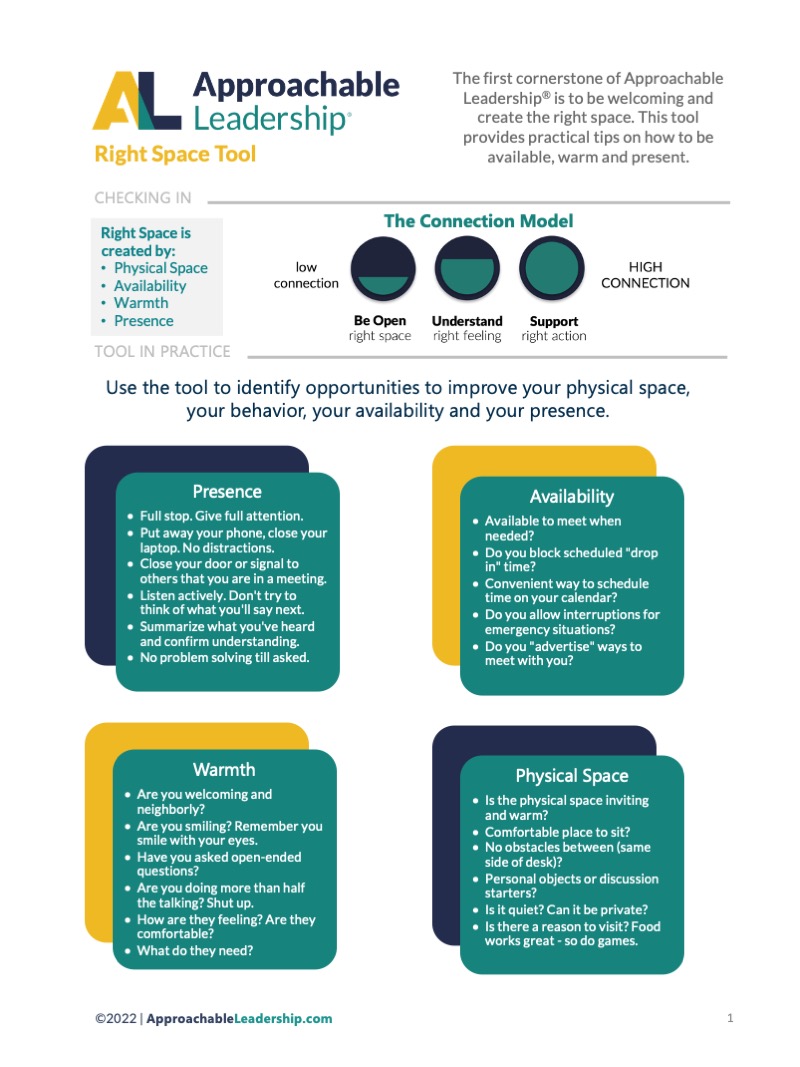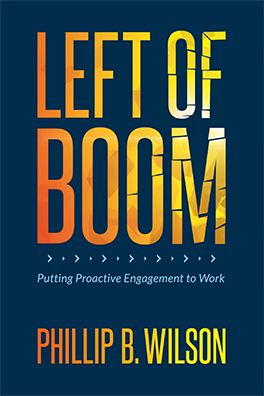We could make this a very short article by stating the obvious: Most remote workers do not want to be called back into the office.
You already knew that much, but there are exceptions to this rule. I, for one, recently transitioned back to working in person after an extended period of remote work and am relishing the experience due to an excellent working environment. Many workers don’t feel as fortunate, as we have seen during the Great RTO Experiment, which has now evolved into a full-fledged movement.
This month, two retail giants announced more stringent mandates aimed at turning around downward-trending sales. Those employers include Target and Starbucks, for which CEO Brian Niccol will soon require 4-5 days in the office and is offering “a one-time voluntary exit program with a cash payment” for those who will decline to RTO.
Such a gamble could cost a company top performers, so it’s worth stepping back to look at the bigger picture. Is there any way for employers to encourage remote employees to leave their home offices willingly?
That’s a question with no easy answers, but it’s all about the approach:
Don’t lean too hard into buzzwords: Your workers are smart cookies, which is why you hired them. They have already heard the trendiest RTO terms, such as “innovation” and “harmonization,” and are likely satirizing these words on social media, while also discussing the potential loss of hours of daily leisure time due to large-city commutes. Be transparent on how RTO will tangibly and positively impact your business’s bottom line. Also consider flexible scheduling with more PTO days or the ability to occasionally make up hours at home.
- Do take workers’ wallets into consideration: A Harvard professor estimated that remote work is akin to an 8% raise due to workers being able to avoid expenses involved with in-person work, such as meals, gasoline, and daycare. Offering per diem on meals, parking, and gasoline can ease these worries, and stocking a kitchen full of snacks and coffee fixings will be appreciated more than you know.
- Do consider the office setup: Did you reduce your real estate footprint during the pandemic, and as a result, will workers find themselves at the breakroom counter while hunched over a laptop? Such a setup will do nothing for productivity or ergonomic posture. And if your workers are being asked to “leave nothing behind” each day, then they’re lugging laptops, snacks, beverages, and other assorted items to the office. Consider installing lockers or other storage options for workers if devoted cubicle spaces aren’t available.
- Do keep the door open on listening to concerns: Make clear that RTO can be a process while inviting ongoing input. These might be painful discussions due to this being a complicated subject for workers after the pandemic’s mainstream-ing of remote work.
Although the subject of RTO will remain controversial, it’s worth taking reasonable approaches to ease workers’ concerns while remembering that unions are already out there brandishing accusations of “quiet firing.” Also remember, if an employer won’t listen to their workers, organizers are always waiting in the wings. They will not hesitate to mention an RTO elephant in the room involving a California beach home, and they specialize in false promises that will hurt both workers and employers






